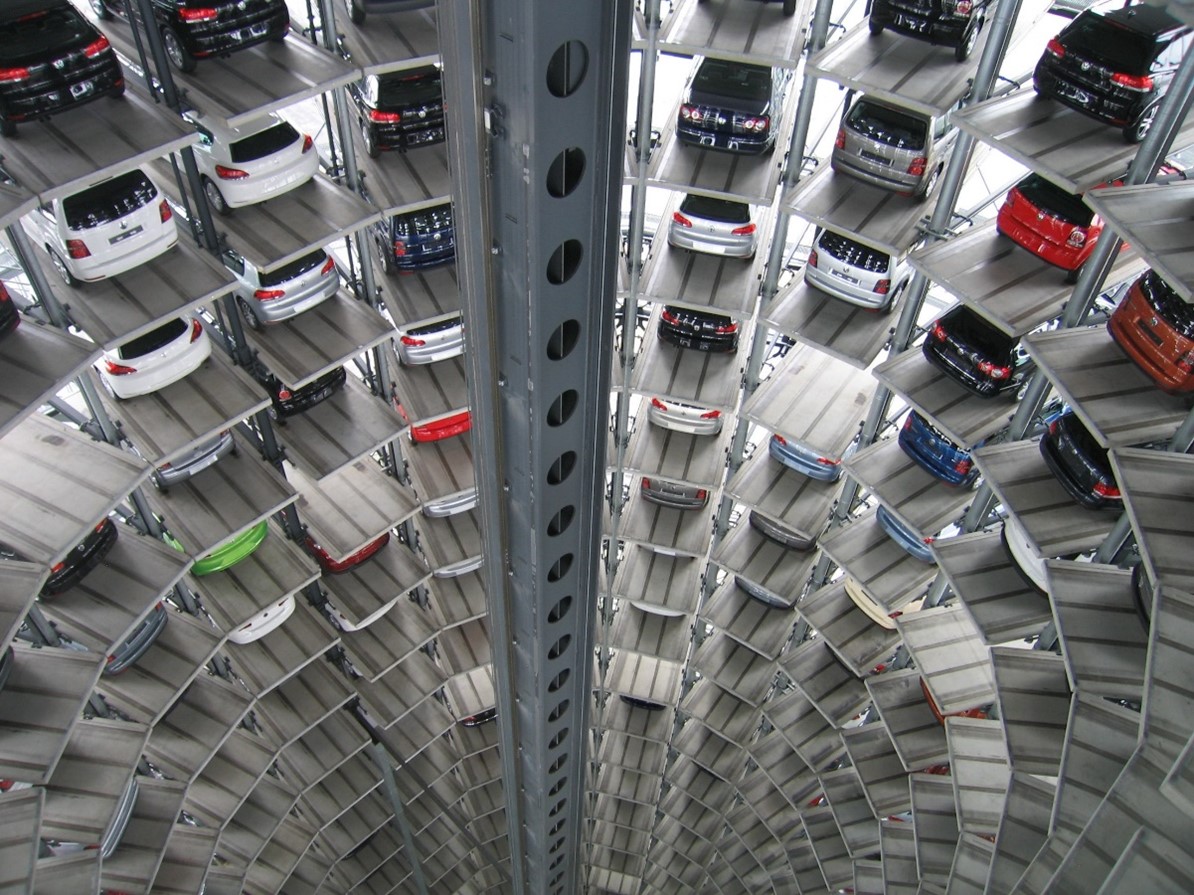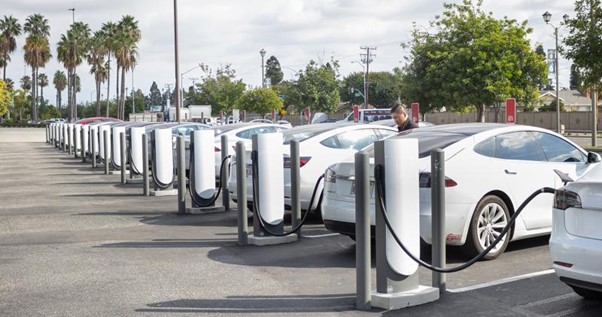2022 Vehicle Sales – Mixed Fortunes & Generational Change
2022 will go down as a ‘watershed year’ for the Australian automotive industry!
Despite unprecedented supply chain issues causing overwhelming frustration for both fleet managers and retail consumers as demand outstripped supply, the Australian market eclipsed the ‘magic million’ once again, with 1,081,429 vehicles delivered – up from 1,049,831 in 2021.
For those of us waiting in a long queue to take delivery of a new vehicle with no idea when we’ll get it, the result could be a little surprising and perhaps hurtful, but it’s when you drill down into the results that things get very interesting!
Unrivalled Leader
Overall, Toyota dominated yet again (as they have done for the last two decades) with no other Manufacturer even close to their sales of 231,050 – up 3.3% from 223,642 in 2021.
Toyota models were the biggest sellers in nine vehicle segments with Corolla, Camry, RAV4, Landcruiser Prado, LandCruiser, HiAce Bus, HiAce Van, HiLux 4x2 and HiLux 4x4 all winners. HiLux, RAV4, Corolla and LandCruiser (including Prado) also took out four of the top ten new models sold with HiLux continuing its reign at the top for the 7th consecutive year!
The success of their Hybrid vehicle range was spectacular, with 72,815 sales making up 31.5% of their total.
Although Toyota’s dominance is unparalleled, a question mark remains around the impacts of their unprecedented and inconsistent wait times as fleet managers try to manage vehicle replacement cycles and meet demands for new vehicles. While the range of comparative Hybrid options is limited, some will shop around for equivalent models that can be obtained earlier and that could be the start of fleets transferring their brand preferences/allegiances.

Mixed Manufacturer Fortunes
It’s when you look further down the list that things get more interesting and we wonder about emerging trends:
- Mazda – firmly entrenched in the No 2 spot with 95,718 sales – down 5.3% on 2021. Their Passenger vehicle sales were down 18.3% against an industry average reduction of 8.4% while their SUV sales held with a 1.7% increase
- Kia – rocketed up the charts to take the No 3 spot for the first time from big sister Hyundai. Kia sales were 78,220 – up a massive 15.3% on 2021. Their SUV sales grew a staggering 51.3%. When considering they do not compete in the Light Commercial market (unlike Toyota, Mazda, Mitsubishi etc.) the result was even more impressive
- Mitsubishi – lifted sales by 13.7% with 76,991 to also eclipse Hyundai and improve on their ranking to 4th. Strong increases in SUV and Light Commercial vehicle sales underpinned the result
- Hyundai – fell to 5th spot but marginally increased sales (up .6%) with 73,345. Interestingly, this is their third-lowest result in a decade. While Hyundai posted 8.2% growth in SUV sales, an 11.7% drop in Passenger vehicle sales played a big role
- Ford – fell 2 spots from 4th to 6th with a 6.7% drop in sales to 66,628. With Ranger representing nearly 72% of total sales their search for better results across the range continues
- MG – stunned automotive industry rivals and onlookers as the fastest growing brand in Aus market history to take 7th spot with 49,582 – up 27.1% on 2021. The combination of their cheaper price point and the benefit of better supply culminated in their meteoric result into the Top 10 for the first time
- Subaru – managed 8th place but dropped 2.6% in sales to 36,036. A 6.9% drop in SUV sales is a major concern. With Toyota increasing its ownership stake in Subaru to 20% their influence on the brand may be fascinating to watch
- Isuzu Ute – closed the 2021 gap on Subaru but dropped 1.2% in sales to reach 35,323. With a two vehicle range (D-Max & MU-X) they punch above their weight, enjoying strong growth in D-Max 4x4 and MU-X, with only D-Max 4x2 taking a big hit
- Volkswagen – down a whopping 24.1% on 2021 with just 30,946 sales. Chronic supply issues played a significant role in their demise, with significant decreases across key segments - Light Commercial (down 35.8%), Passenger (down 28.1%) and SUV (down 17.2%)
- Nissan – had their worst sales result since 1995, dropping 35.8% and out of the Top 10 with 26,491 sales. They were even outsold by premium brand; Mercedes Benz. They capitulated across all key segments, including SUV (down 39.2%), Passenger (down 30.8%) and Light Commercial (down 30.4%)
- Honda – fell 19.1% to just 14,215 sales. The winding back of its product range and the introduction of its new ‘agency model’ resulted in disastrous Passenger vehicle numbers (down 70.2%). Only the CR-V demonstrated its consistent popularity with an 18.2% sales increase over 2021

Generational Change
Defining 2022 as a ‘watershed year’ were the increases in both Hybrid and Electric vehicles. On the back of strong Hybrid SUV results, overall Hybrid vehicle sales rose an impressive 16.1% on 2021.
But the biggest demonstration of consumer sentiment regarding the environment was reserved for the transition to Electric vehicles – surging to 33,410 units!
While this is reported as a 548.9% increase on the 2021 result of 5,149, this is slightly distorted by the fact that Tesla only started reporting their sales to the Federal Chamber Of Automotive Industries (FCAI) in 2022.
Tesla ‘chipped in’ an impressive 21,194 units from its Model 3 and Model Y success.
Lastly, the 61+% increase (since 2021) in Chinese manufactured vehicles being sold in the Australian market must have some Manufacturers concerned. Asian manufactured vehicles from Japan, Thailand and Korea already account for two thirds of vehicles sold here and with new Chinese manufactured brands now arriving on our shores, the overall Asian dominance appears set to continue.
